Injured joints may ache during or after movement.
Arthritis is a degenerative disease that affects 1 in 4 (or 54.4 million) U.S. adults — a number that is projected to increase by 2040. Of the various types of arthritis, osteoarthritis is the most prevalent.
Osteoarthritis can affect any age, gender, ethnicity, or race. In those younger than 45, it is more common in men, but for people older than 45, it is more common in women. Your risk will increase as you age and your joints wear down.
This disease can be a painful burden, impacting your sleep, mood, and other daily activities. At Desert Institute for Spine Care (DISC) in Arizona, our surgeons are committed to providing the treatment you need to increase your quality of life.
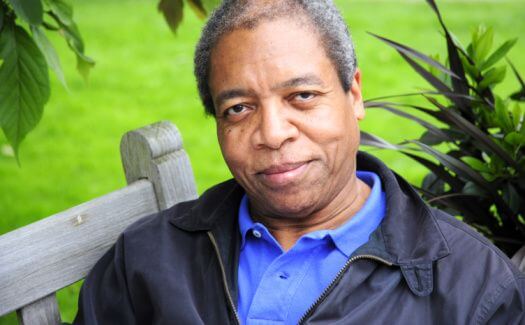
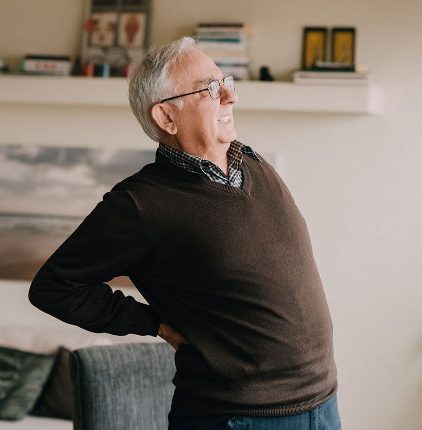
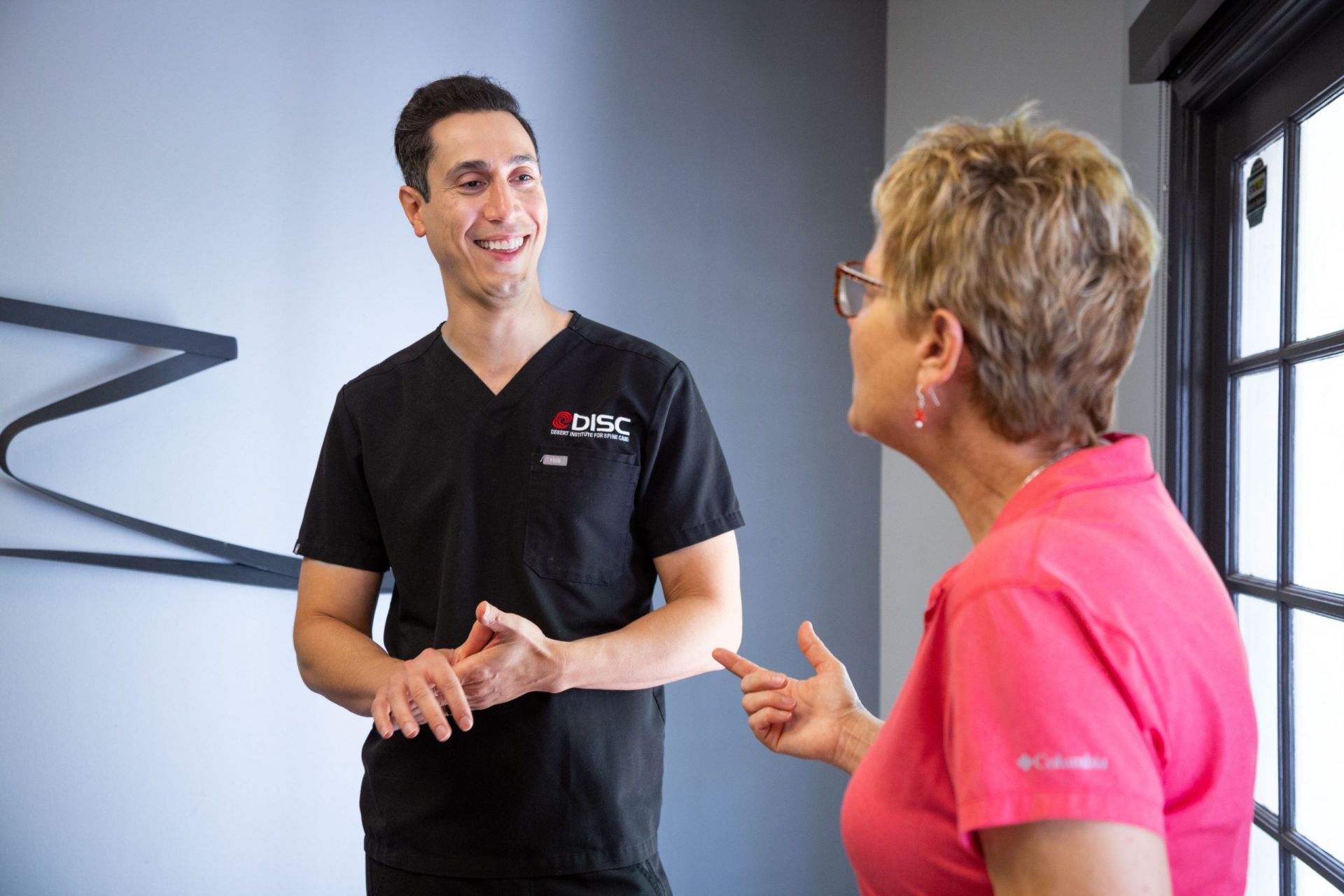
Osteoarthritis can occur when a joint’s cartilage — or the firm, smooth tissue that eases movement — breaks down, causing the bone to rub on bone. The most common joints affected are those in the hands, knees, hips, and spine, although it can happen at any point in the body where bones are linked.
Specifically, in the spine, osteoarthritis occurs between vertebrae in the neck or lower back. The discs will start to thin, and bone spurs will form. Back pain can be noticed through mechanical movement like bending or twisting, while neck pain may not be noticeable, even if the damage is there.
In a healthy joint, cartilage is frictionless to allow for swift movement when walking down the street, grasping your coffee mug, or bending over to tie your shoes. The synovial fluid within the joint capsule, which helps lubricate the joint, provides essential nutrients and protection from harmful substances. It also aids movement through stress reduction and acts as a shock absorber to cushion bones during weight-bearing activities.
However, a joint injury can disrupt this natural process. Your body will try to heal itself, and the joint will become inflamed. Chondrocytes, a type of cell that sustains cartilage, will work to try and repair the damage. If degradation happens faster than the rate of the chondrocytes’ activity, then osteoarthritis will occur. Synovial fluid will also increase its production to compensate for the injury. This excess fluid can distend the joint, resulting in further discomfort.
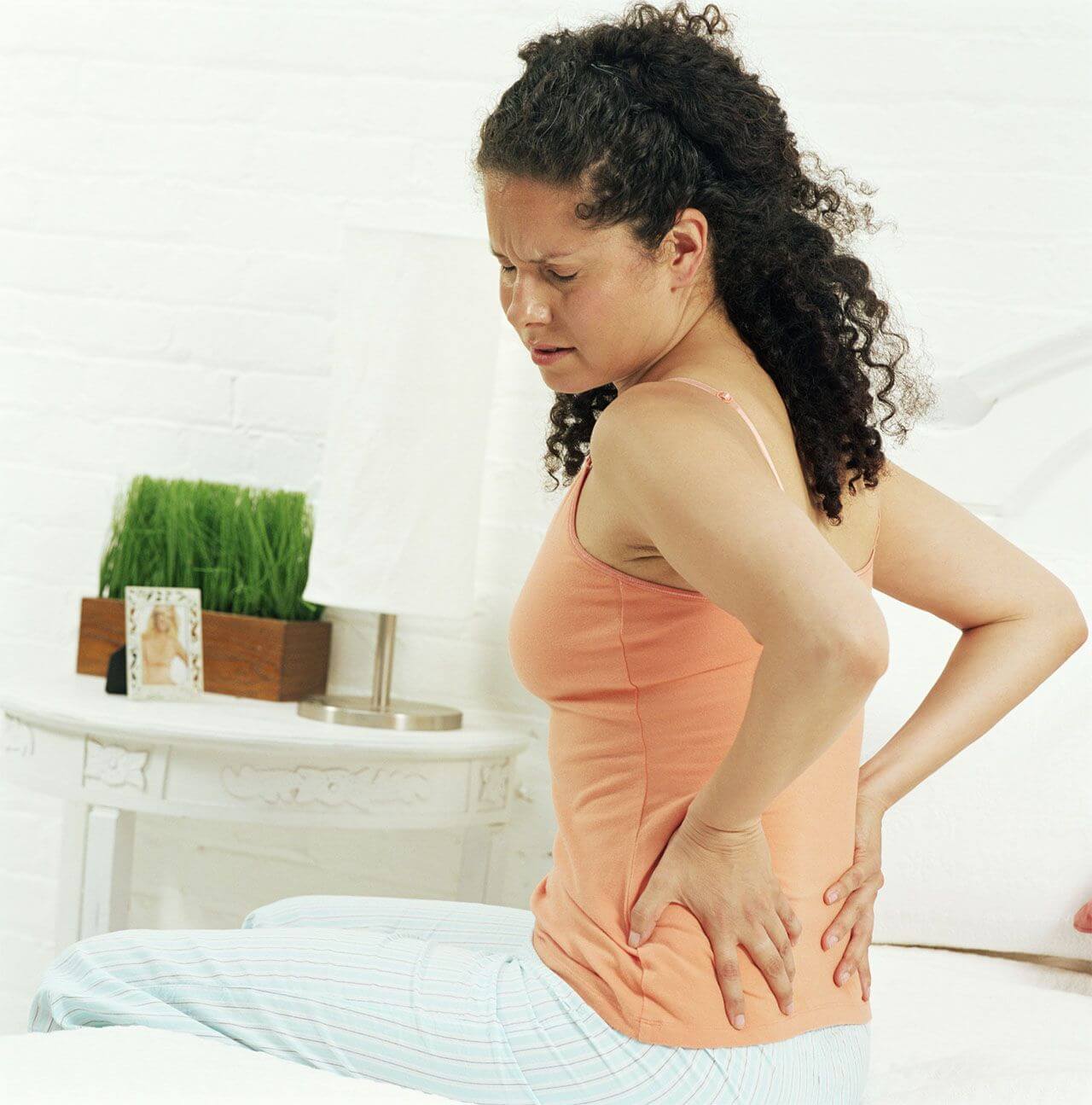
Osteoarthritis can be both physically and mentally limiting in your daily life.
Here are some of the physical signs and symptoms as well as symptoms you may experience mentally:
Injured joints may ache during or after movement.
After periods of inactivity, like sleeping, you may notice your joint becomes hard to bend. Your complete range of motion may be compromised.
As the cartilage wears down, you may experience the feeling of the bones rubbing against each other. Popping or cracking may occur with movement.
The harmed area will become swollen due to irritation and can be tender to the touch.
One-third of those with arthritis over 45 report low mental health and depression due to increased disability and fatigue.
Continuous pain can limit you from going to work or out with friends. Forty-four percent of people with arthritis have reported low activity rates due to their symptoms.

At DISC, we have various minimally invasive treatment options. Upon your initial visit, we will take an X-ray of the affected area so we can tune our treatment precisely to your needs. Explore our surgical or non-surgical approaches.
We aim to provide the least invasive treatment possible by turning to non-surgical approaches first.
Medications can help reduce overall inflammation and pain in the affected area. There may also be some medication options to target specific symptoms you may be having.
Physical therapy can help you return to daily activities. This program will show you specific exercises you can do to strengthen your back muscles and regain the range of motion in your spine.

We also offer a few surgical approaches by our expert spine surgeons to help manage moderate to severe osteoarthritis.
Artificial disc replacement (ADR) surgery will remove the degenerative discs in the neck or lower back and replace them with artificial discs to aid in the spine’s natural movement. This surgery allows you to regain activity in your back rather than undergoing a fusion that limits motion.
Endoscopic spine surgery (ESS) is a procedure done for lower back pain. Using a small endoscope can target specifically affected discs for higher accuracy and better patient outcomes.
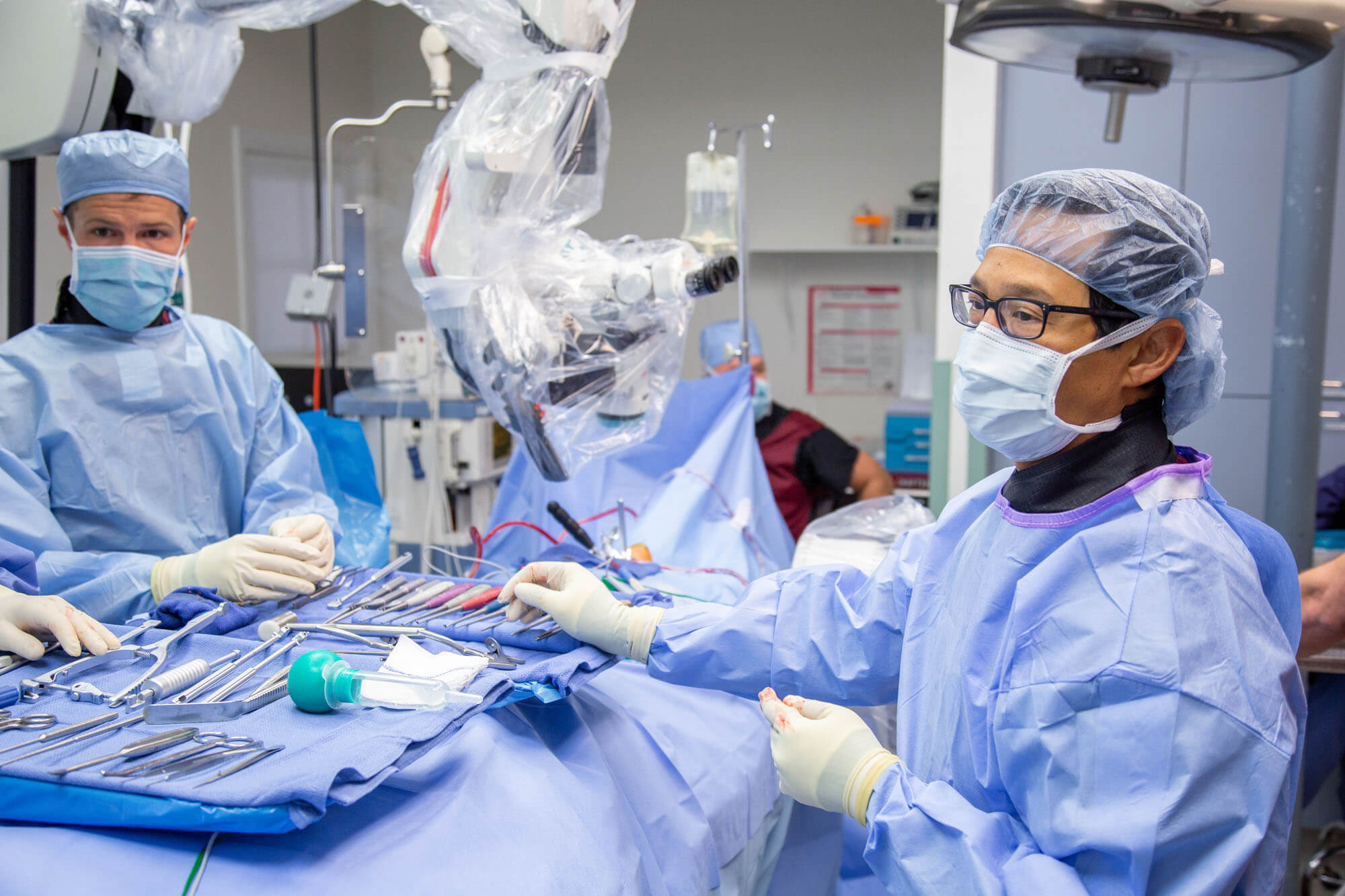
Desert Institute for Spine Care is passionate about walking alongside you on your recovery journey. Our doctors treat osteoarthritis in five different locations around Arizona. Contact DISC today to find a center near you.
Our spine health blog features up-to-date spine education and expert spine tips from our spine specialists here at DISC.
1635 East Myrtle Avenue Suite 100, Phoenix, AZ 85020, USA
18700 North 64th Drive Suite 105, Glendale, AZ 85308, USA
8630 East Vía de Ventura Suite 210, Scottsdale, AZ 85258, USA
3487 South Mercy Road, Gilbert, AZ 85297, USA
1635 East Myrtle Avenue Suite 400, Phoenix, AZ 85020, USA